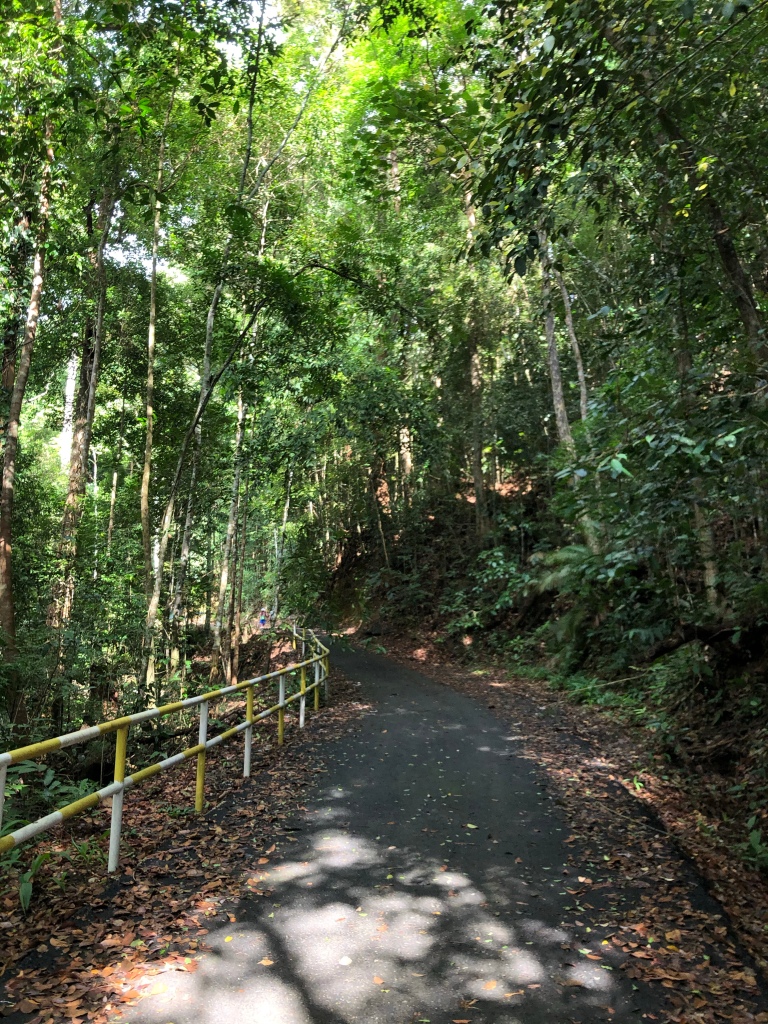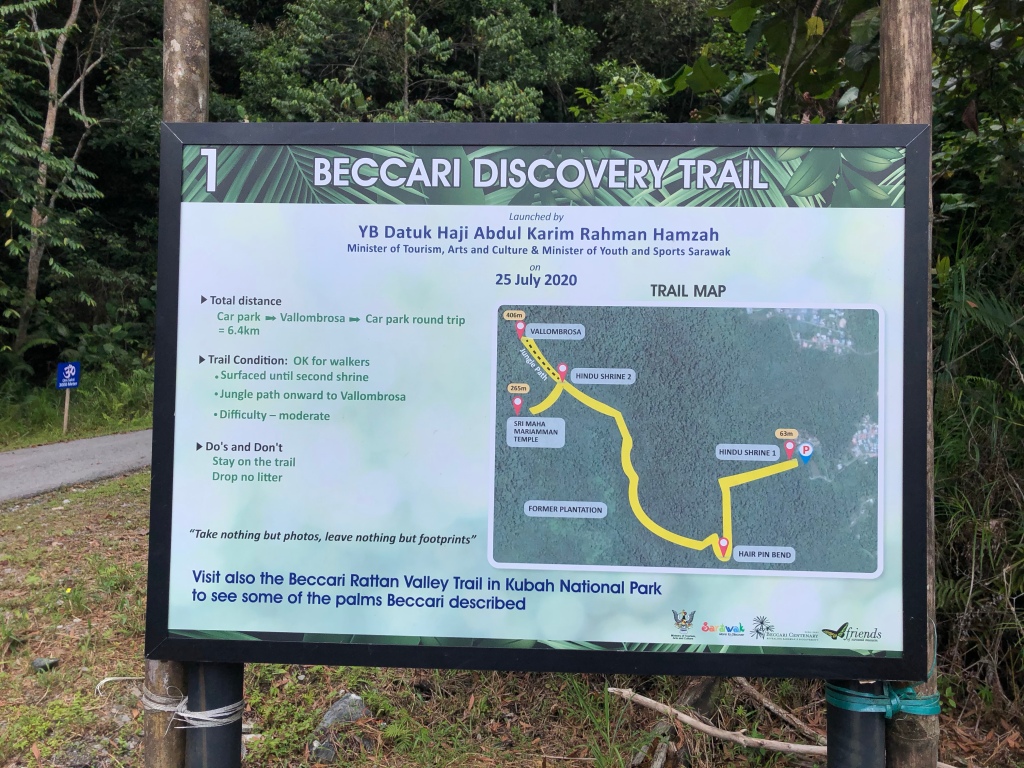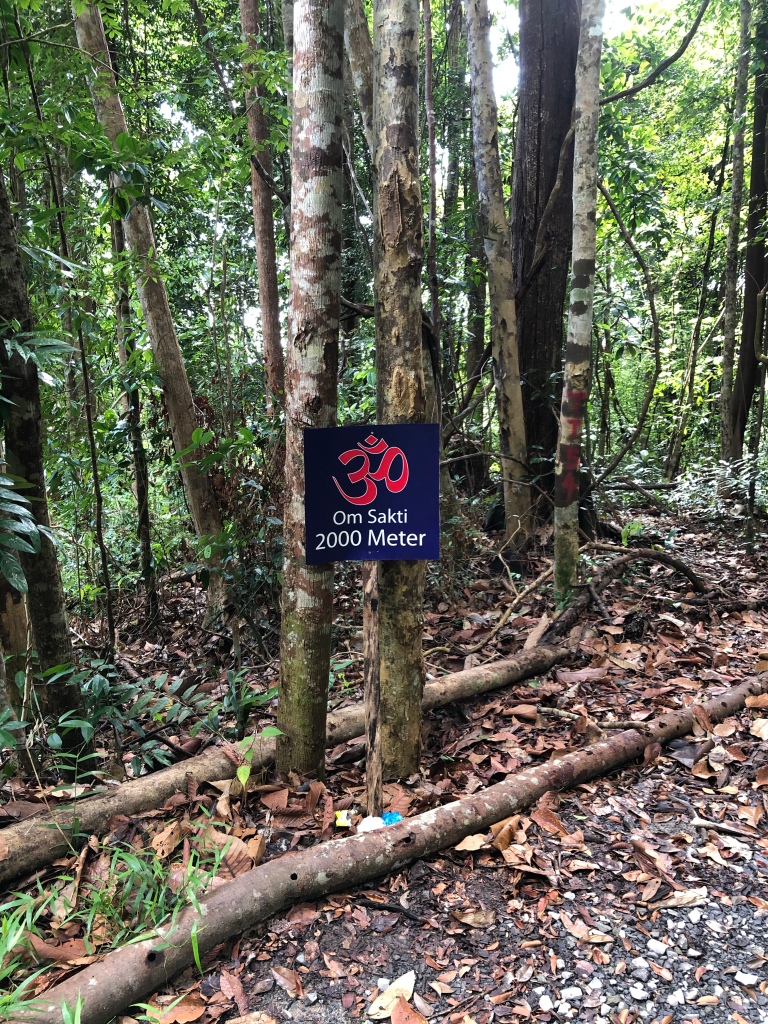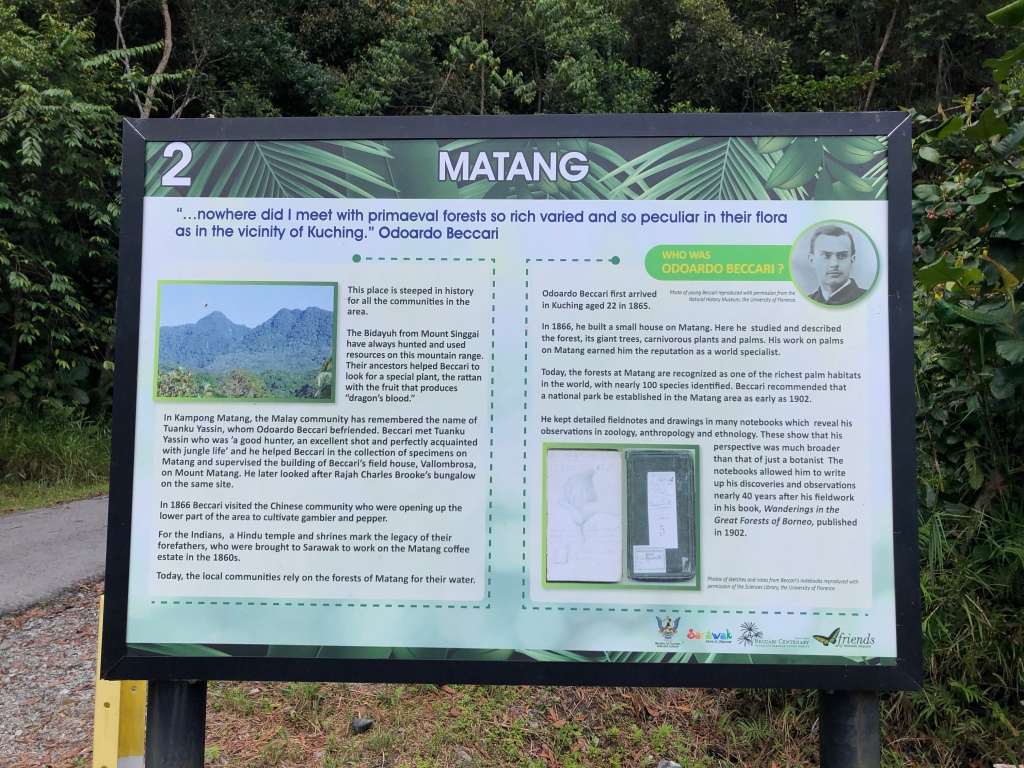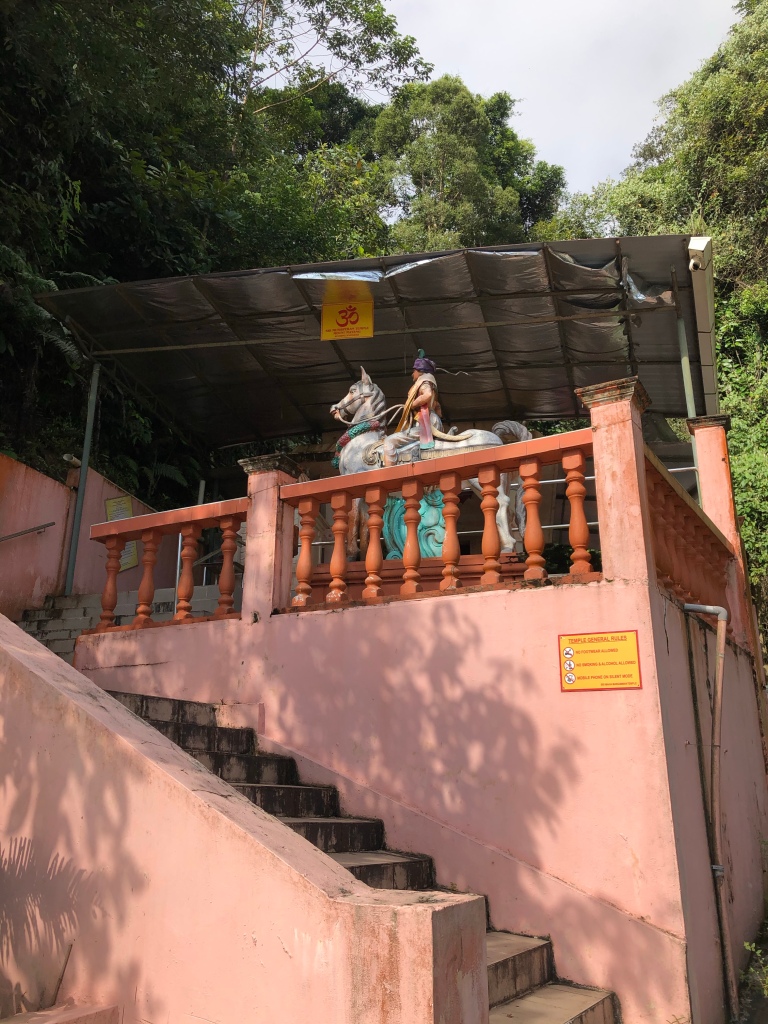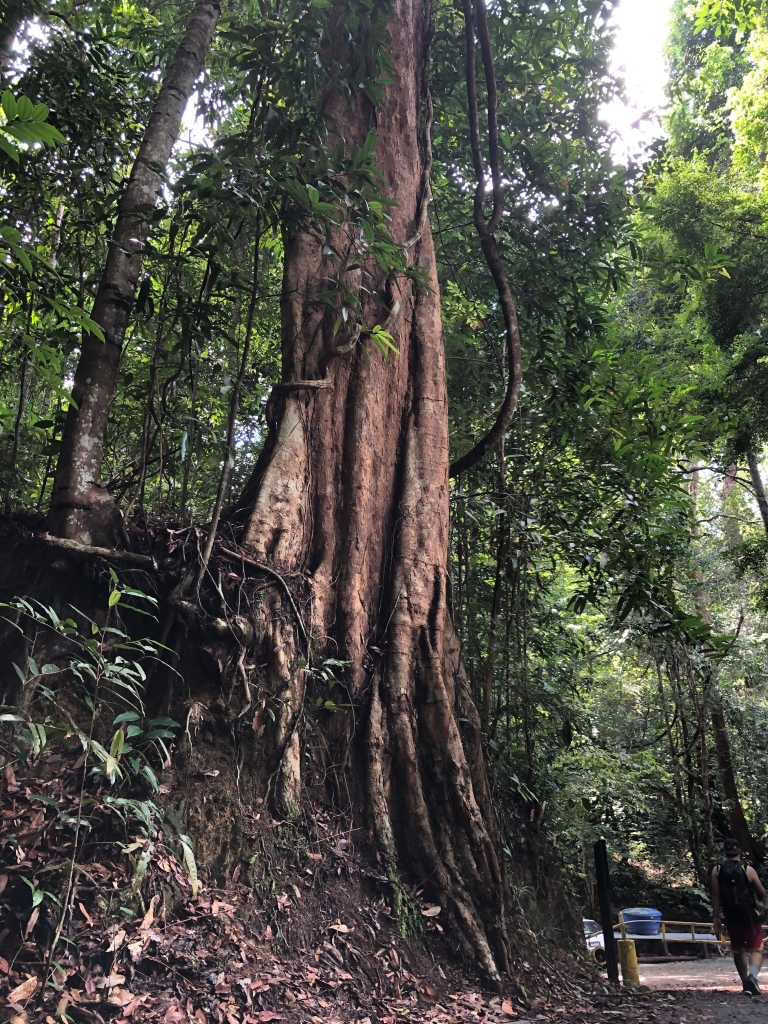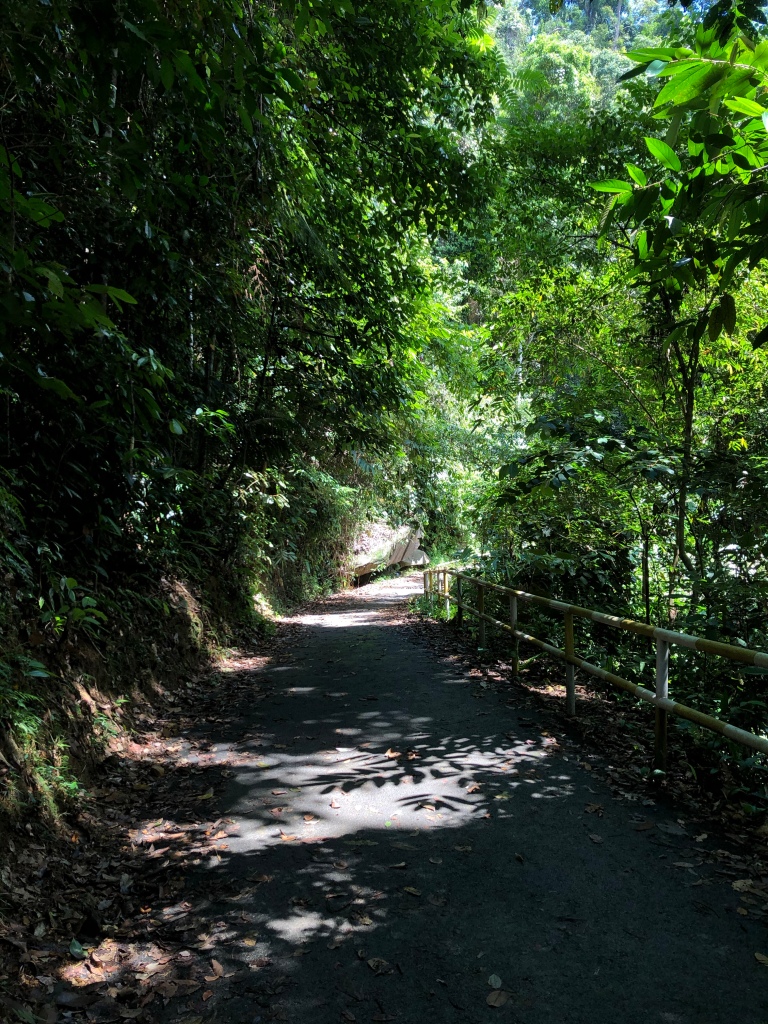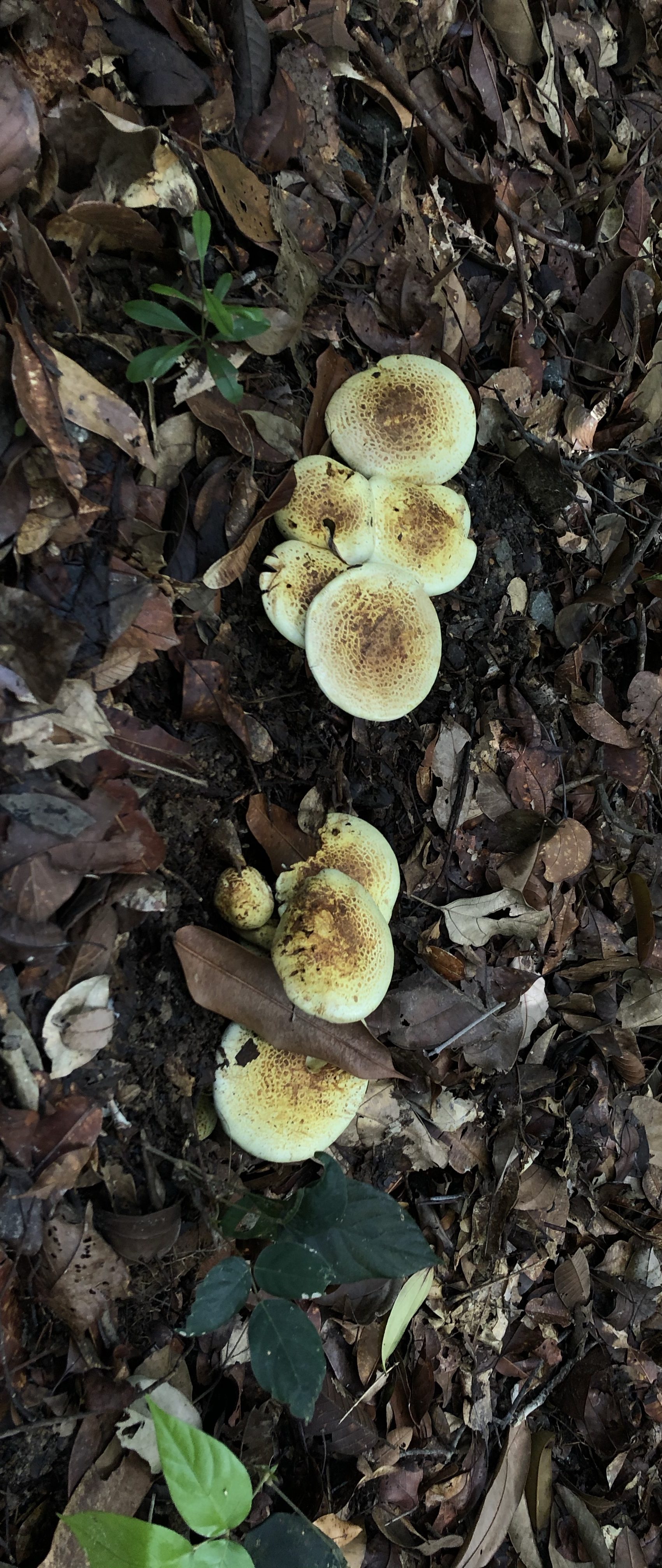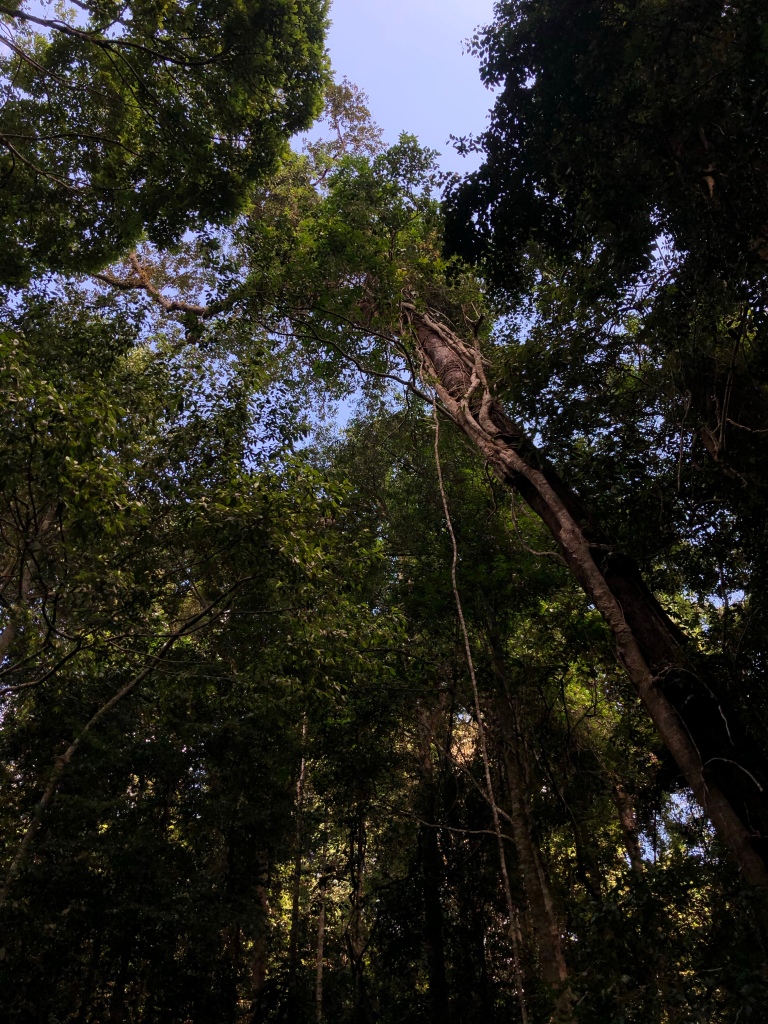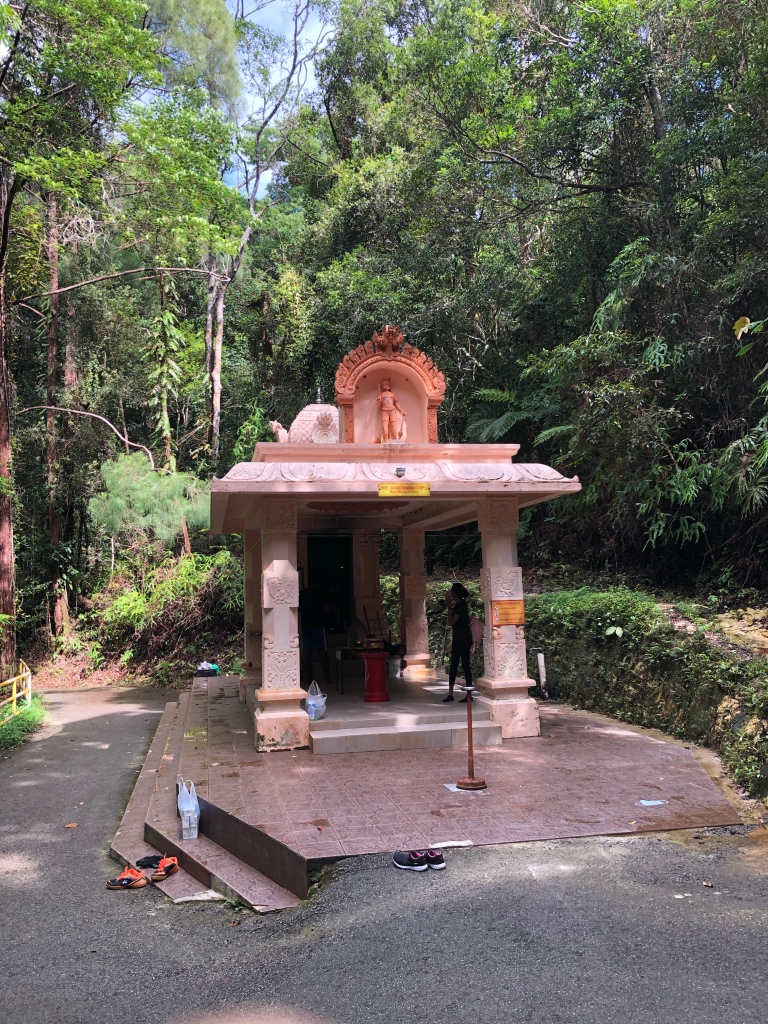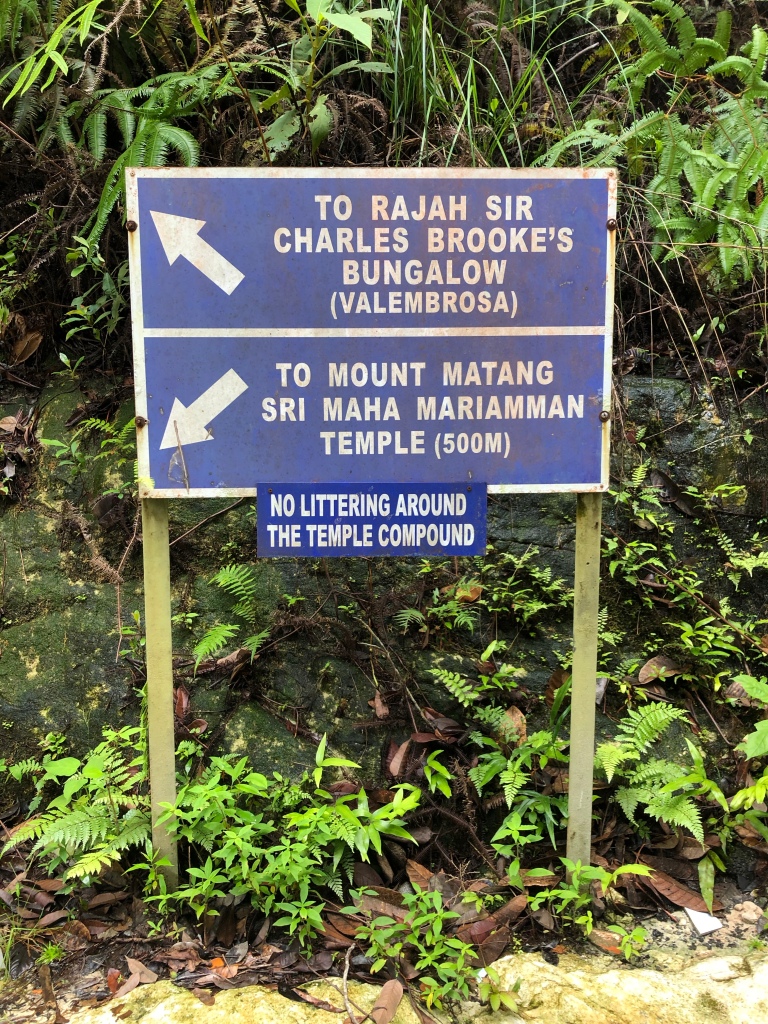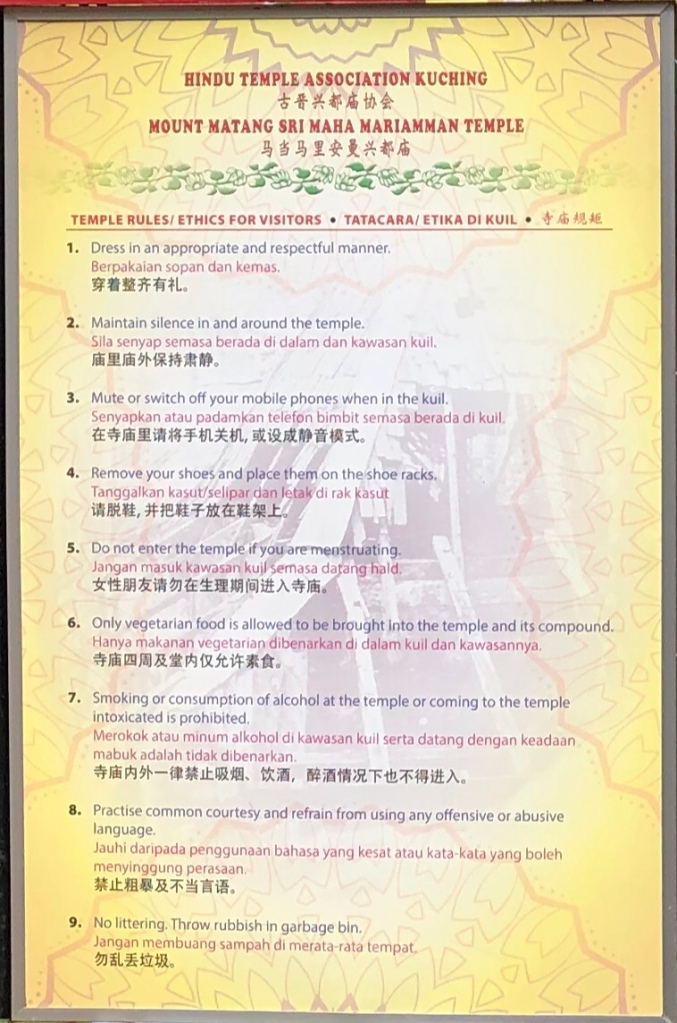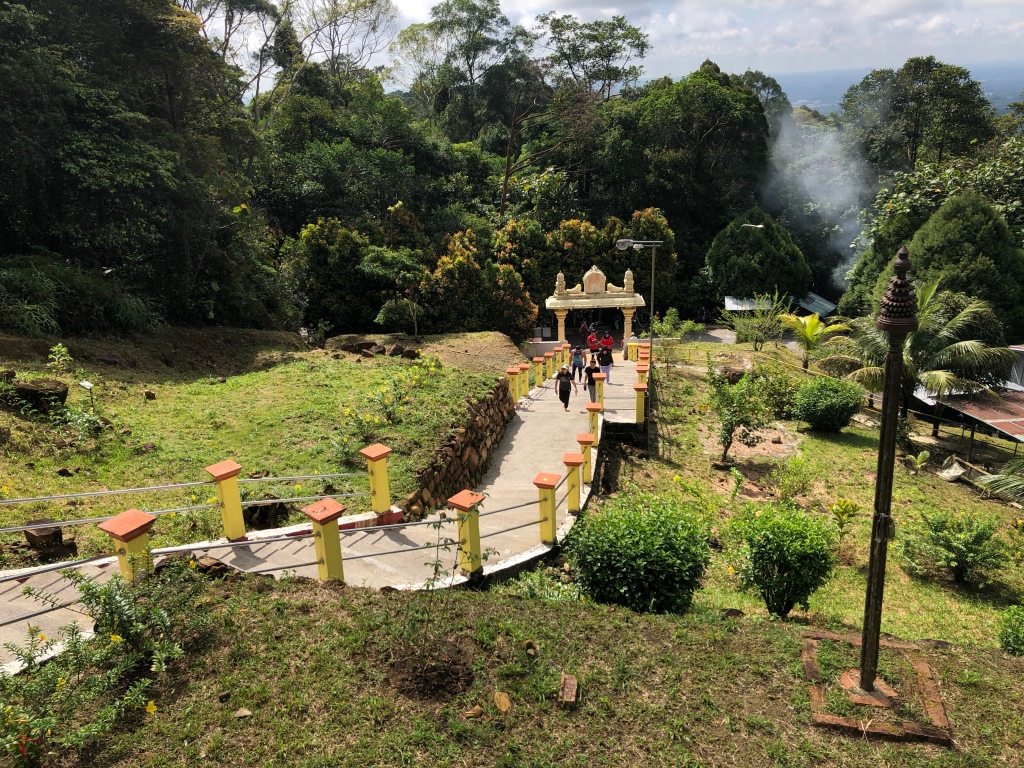Location : Lebuh Wayang, Main Bazaar, Kuching Waterfront, India Street, Open Air Market ( all within walking distance )
Recommended route :

I came across these murals in downtown Kuching when I was planning the Amazing Race 2019 for my schoolkids. The Amazing Race is an annual family event where my schoolchildren’s families explore Kuching and perform tasks together to win. It is fun, exciting and a great bonding time for families and teachers. Having said that, I decided to compile all the murals that were a part of our Amazing Race for your enjoyment.
My recommended route starts at The Marian and ends at the Open Air Market. However, do take the time to explore Carpenter Street and the Old Courthouse as they are part of Kuching Old Town’s charm.
Time taken : 1-2 hours
Cost : $0
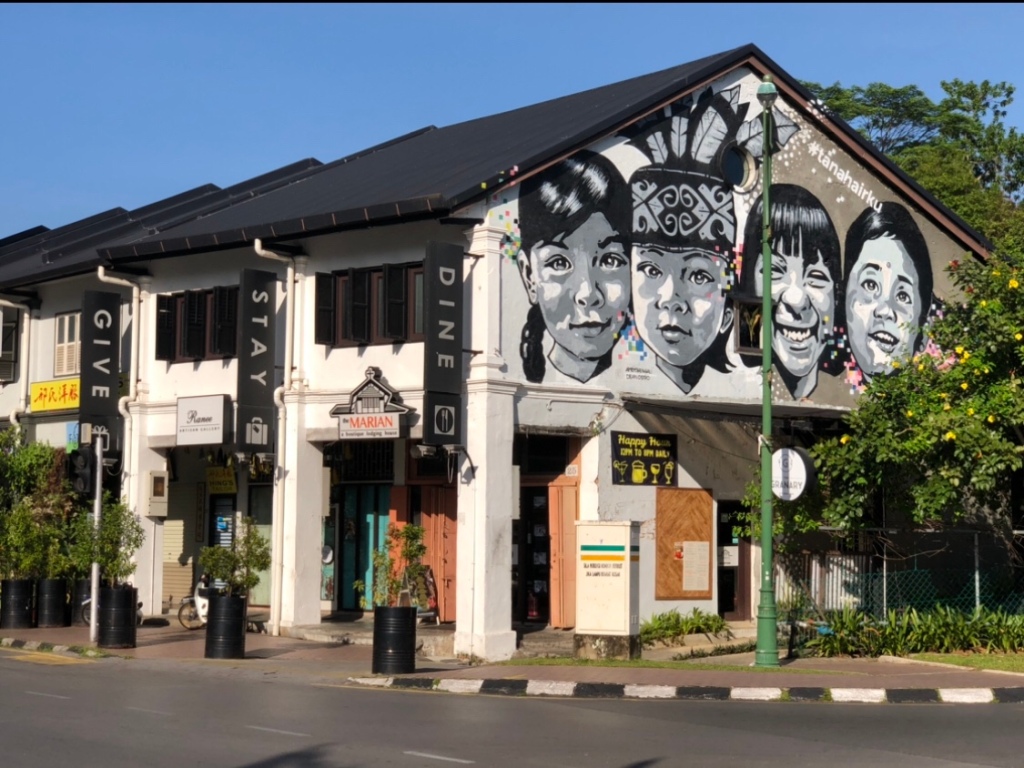
Let’s start here, at the junction of Lebuh Wayang and Jalan Wawasan. ‘Tanah Airku 3.0’ is 3-part street art project commissioned by Petronas (Petroliam Nasional Berhad) and part 1 consists of this mural, Menuai Kitai. It is found on the wall of the front entrance of the Marian Boutique Lodging House and comprises of four children from the major races of Sarawak; Malay, Dayak, Chinese and Indian. It is painted on the second storey of the shop so your photographer would need to be positioned across the street to take a good photo of you and the mural!
Location : The Marian Boutique Lodging House https://goo.gl/maps/QAAE4KGAbaQxfkY18
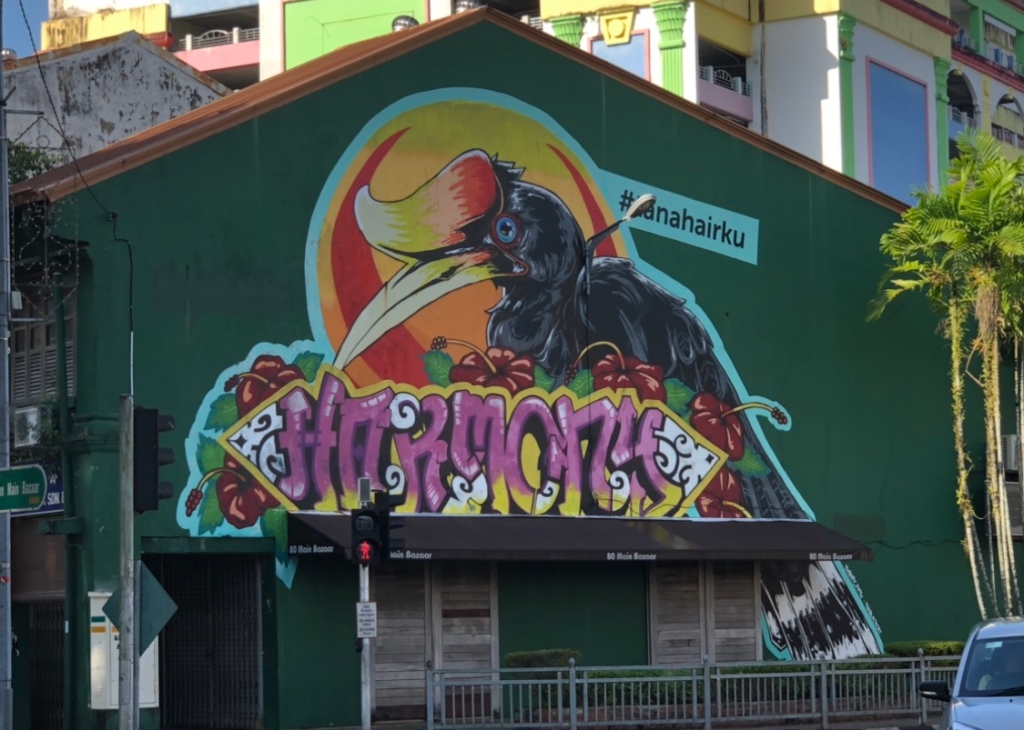
Part 2 can be found 30 steps down from Menuai Kitai. This mural is named Harmony and it depicts a Hornbill (Sarawak’s official bird) perching on Hibiscus flowers (Malaysia’s national flower). Did you know that male hornbills bring food to the female over the period of a month to prove themselves worthy mates. I think I would like being a female hornbill very much.
Location : https://goo.gl/maps/sf4xHhLCHY7U8y5y6
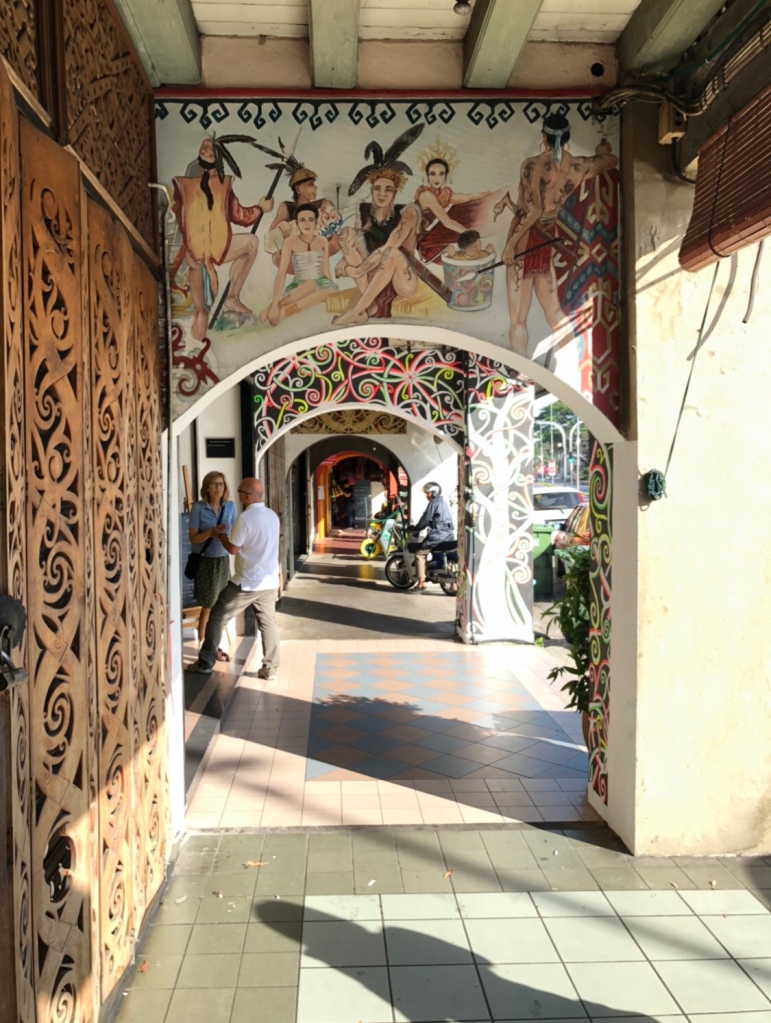
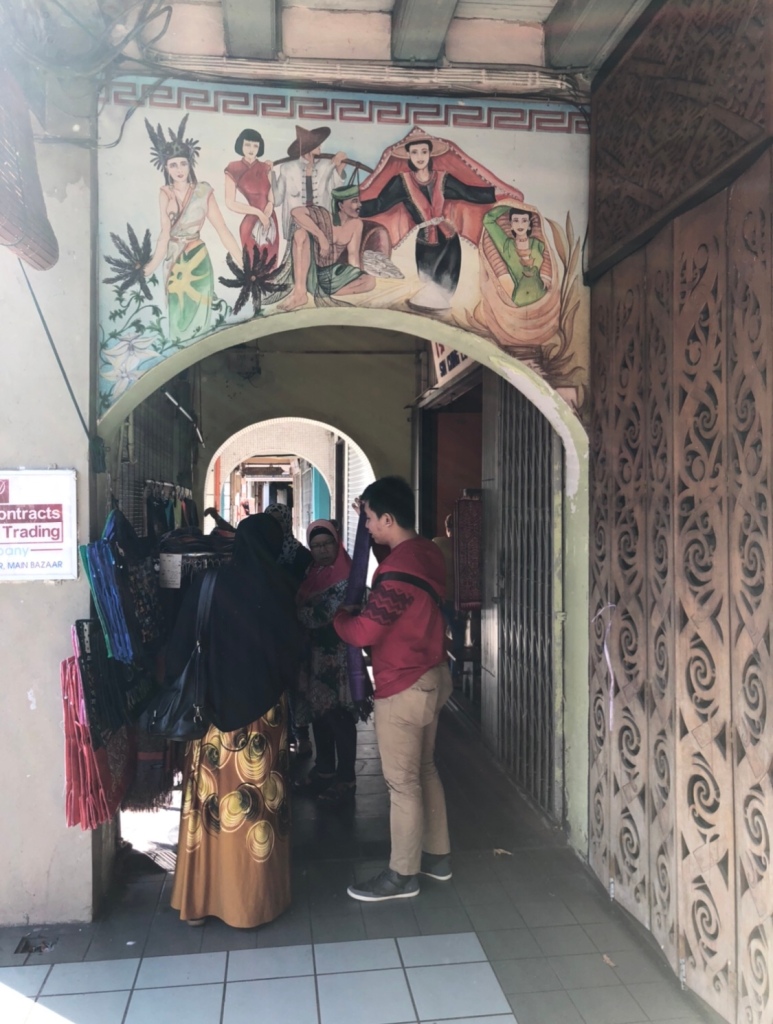
Walk along the Main Bazaar and you will find many artistic motifs and paintings found on the archways between stores. Some of the paintings include monkeys and beautiful motifs, these ones depict the multicultural society of Sarawak with Ibans, Bidayuhs, Malays and Chinese in their traditional costumes.
Location : https://goo.gl/maps/sHQRN44ncrSmFuZE6</p>

Before the Darul Hana Bridge was built, sampans were a quick and cheap way of getting from one side of the Sarawak River to another. When I was a child, my grandfather used to take us out on sampan rides on leisurely weekends. With just RM 0.50 (one way), it was the most exciting 2 minutes that money could buy for an 8 year old. We would walk along the waterfront, beg our grandpa to take us across the river in the sampan and visit the Kek Lapis (layer cake) stores “across the river”. The best part of the trip was the Kek Lapis samples we could eat! There are still a handful of sampan riders today albeit their reduced numbers and the sampan rides still hold a dear place in my heart, 20 years later.
Location : Near the water fountain along Kuching Waterfront https://goo.gl/maps/v7g6bkSu8P1HfcTa7

Cut through Jalan Bishopgate from the Main Bazaar and soon you will see The Clouded Leopard, part 3 of the ‘Tanah Airku 3.0’ series. It is found at the junction of Carpenter Street and Bishopgate Street and is painted on second storey of HongLou Bistro. This is a rather interesting piece as it shows a common ginger cat running whilst wearing an Iban headgear. However, it has the lower body of a clouded leopard, an endangered species of wildcats that is native to Borneo and Sumatra. I know of babi hutans and hornbills, but I did not know that we had clouded leopards in Borneo as well.
Location : https://goo.gl/maps/BcBTXNCSid2VAsr48
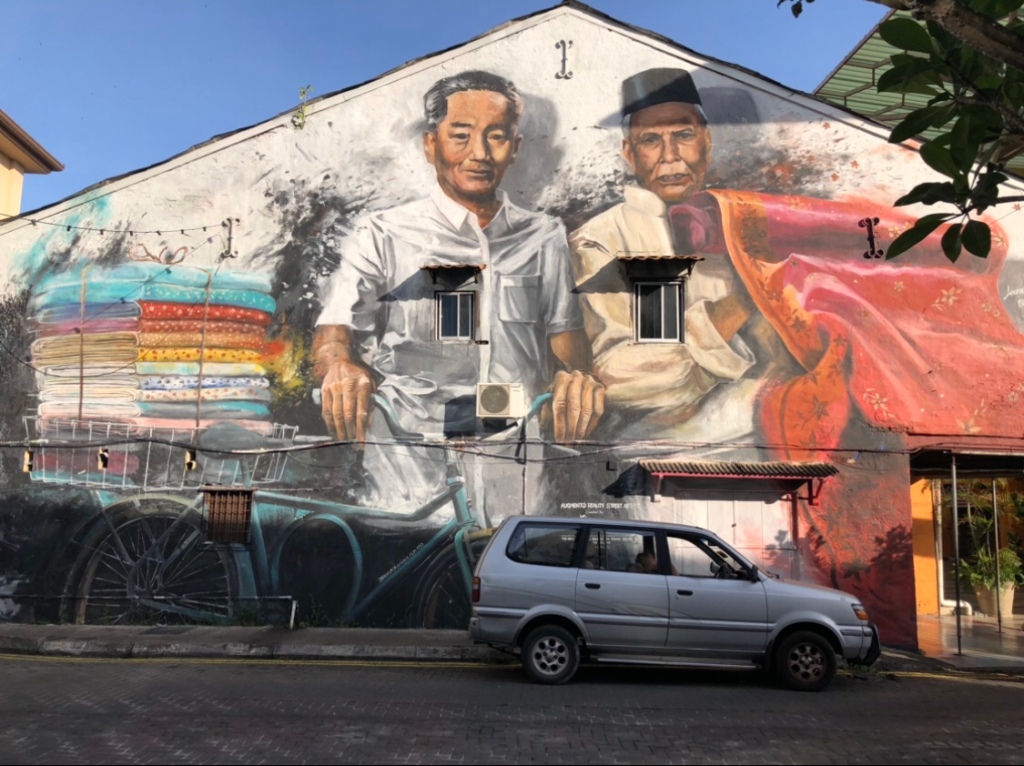
The Early Mercers is found along Jalan Barrack, at the entrance of India Street Pedestrian Mall. India Street which is famous for its shops selling textiles and fabrics. This mural pays tribute to the early settlers at India Street who sold beautiful cloths and fabrics.
Location : https://goo.gl/maps/pXtKf6V5E7tpyCVw5

As you enter India Street, you will find an alleyway named Kai Joo Lane. Here lies the mural, The Original Flame which depicts 3 hawkers selling local delicacies; chicken porridge, tafufah 豆腐花 (soya bean curd) and sotong bakar ketuk (grilled cuttlefish). Did you know that Kai Joo Lane was more commonly known as “Sa Lee Hang”, or rather Zinc Sheet Lane. This was because the shops along Kai Joo Lane had zinc sheet roofs.
Location : https://goo.gl/maps/XL1QwToMqjiiYAqeA

The first painting shows a hawker selling chicken porridge. Who doesn’t love a bowl of steaming hot chicken porridge and a cool rainy night? It is rumored that the children of this uncle now run our ever-famous Kuching Chicken Porridge at Jalan Nanas. I would frequent Kuching Chicken Porridge more if my Ajinomoto allergies were not that bad.
Kuching Chicken Porridge Location : https://goo.gl/maps/REFfgYDQMwbkdAP47

The second painting shows a smiling hawker holding up iconic bowls containing 豆腐花 Tafufa. Tafufa is made from soybeans, and is this jiggly, light jelly that is served with some white sugar / brown sugar syrup. It is served both warm and cold and is widely consumed in Hong Kong and Taiwan. To this day, the the daughter-in-law of this hawker still serves the same old recipe at our Open Air Market. I made the mental note to visit her once dine-in restrictions are lifted.
Open Air Market Location : https://goo.gl/maps/khnykrynknWx4mrFA
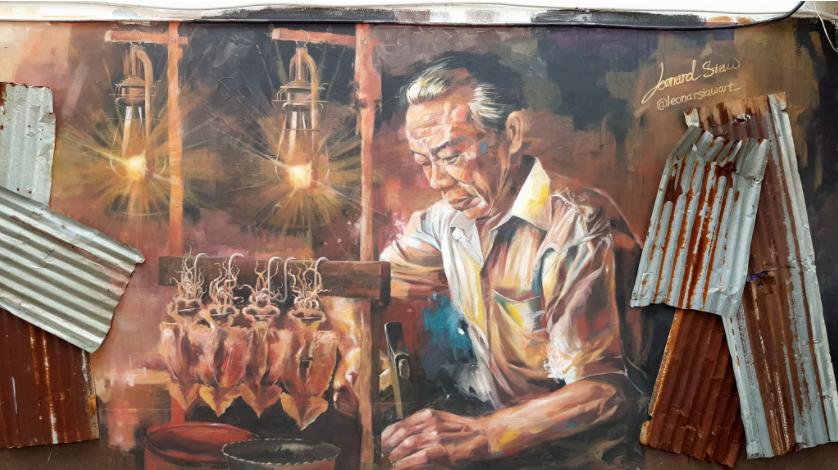
The third painting shows a hawker selling sotong bakar ketuk (hammered, grilled squid). Personally, I’m not crazy about squid but I can imagine the appeal of grilled seafood! Unlike the other 2 vendors, it is believed that his daughters continued his legacy for some years before deciding to retire.

This 3D / 2D mural allows you to grip the handles of the wheelbarrow for your photo! When I visited, the wheelbarrow was not quite attached to the wall anymore, hopefully they have fixed it by now.
Location : https://goo.gl/maps/tZPddQmvETmHG59o6

Location : https://goo.gl/maps/7BDYxXkBS1po81wj6
There are plenty of murals along Jalan Power, one of which is this lok-lok hawker.
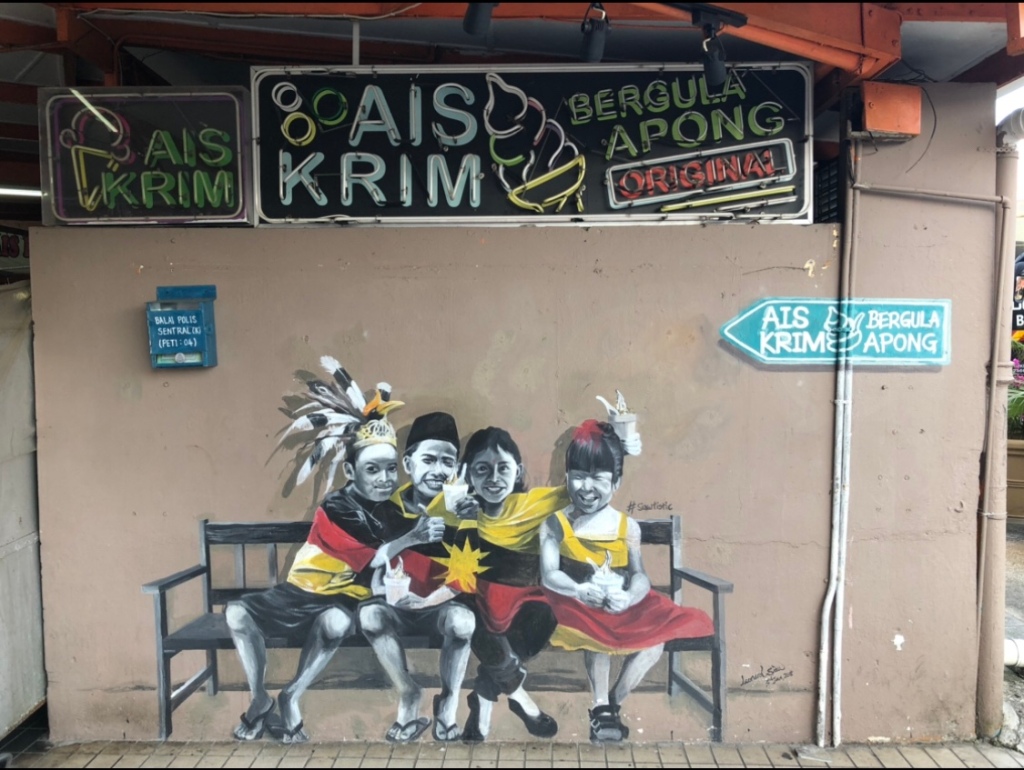
Location : R.G. Ais Krim Bergula Apong https://goo.gl/maps/pHn1h9pDMD6LKmdN9
This stall is one of the first of its kind in Kuching, selling local Gula Apong (Palm Sugar) ice-cream. It was set up long before other gula apong ice cream stalls so sure to order a cone with this OG (original gangsta). Don’t forget to snap a photo with the mural before leaving!
There are many murals located in this area but are not listed intentionally. Some are small and cheeky whereas others are huge and conspicuous! Let me give you some hints : Drunk Monkey, CHUBBS, Carpenter Street, Singgahsini atau ? Happy hunting!








